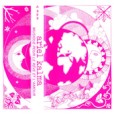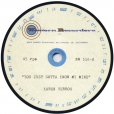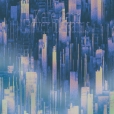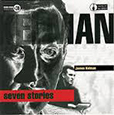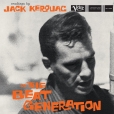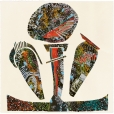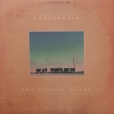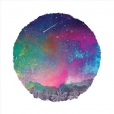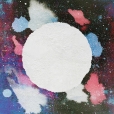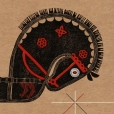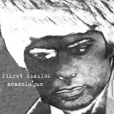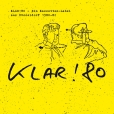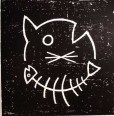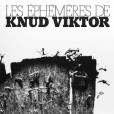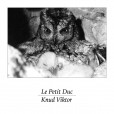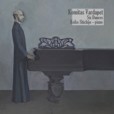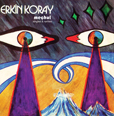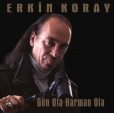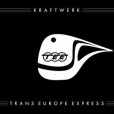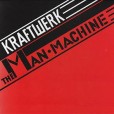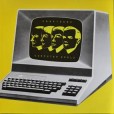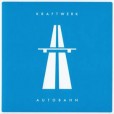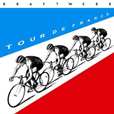Your basket is empty

An imperiously fuck-you, stoned, fuzzed-out garage stomper; first issued on the Dot label in 1965.
Produced by Dave Hassinger, guiding force behind the Electric Prunes; arranged by Jack Nitzsche; written by Donovan (for Dana Gillespie). Karen nails it.
This is the slightly longer of the two Dot issues. The instrumental on the flip adds freakbeat guitar.
‘Composed during one of London’s endless dark and locked down winters, Fever Dreams is a fantastical, speculative take on high density living. From dark, mouldy rooms, subterranean depths, symbiosis and multi-species entanglements, it cloaks itself in the claustrophobia, excitement and despair of living in a metropolis. It is a work which both celebrates and fears the weeds, spores, vermin and grime of London. The dark fantasies, frustrations, and utopian aspirations of its urban survivors. Frozen plastic bags, cramped living quarters, the kindness of strangers, the desperate unfairness of who gets what and when. Almost getting there but not quite. Being overcome by emotion for no reason. Unexpectedly moved, inexplicably destroyed. The never still, forever unfolding moments which comprise living on top of each other. Sinking and swimming; together/apart.’
The greatest British writer of literary fiction during the last couple of decades, by miles. So bound up with issues of voice, being and truth, it’s thrilling to hear the stuff read in person. Listen to Acid.
‘An alluring, meditative, psychedelic brew of shamanic and alchemical rhythms and harmonies, ranging across a wide array of instruments and influences. Modular synths, a two-stringed erhu fiddle, flute, feedback, electronics, guitar, field recordings, and various percussion objects, in ritualistic studio sessions which are augmented and sampled over and over… with the controls set for other planes of there.’
Brand new interpretations of their debut album, ten years on.
‘The Universe Smiles Upon You ii was recorded on January 4-6, 2025, in the same family barn of guitarist Mark Speer, across the same dates where TUSUY was first conceived ten years earlier. Though the conditions were the same — dirt floor, brutally cold, minimal sound isolation, all takes live — the songs aren’t. They’re re-approached, some changed more than others, harnessing the lightning-in-a-bottle energy of TUSUY while discovering what would be unique this time around, in this stage of the band’s life.
‘The result moves like ripples on the water across ten hypnotizing tracks, the barn creating a sense of spaciousness, serenity and creative freedom, nearby wildlife (listen out for the birds on August Twelve ii), rattles and creaks of the barn and all. It’s a tapestry of small movements in nuanced arrangements, slowly revealing the new life, stories and character of someone you’ve met again for the first time in ten years.’
Singles from 1971-75, the dental Istanbulite well over his teething phase of Beatles and Dylan knock-offs, by now electrifying pastoral visions of modern Turkish folk with metropolitan jolts of proggy flash.
The first time out for these amazing recordings, meticulously restored and presented by the Institut for Dansk Lydarkæologi. The 24-page booklet is richly illustrated by Viktor’s marvellous photography, besides extensive, absorbing notes.
‘After studying painting in Copenhagen, in 1961 Knud Viktor moved into some dilapidated 14th century limestone buildings on the slopes of the Luberon mountain in Provence in 1961. He describes being disrupted in his painting by the thousands of cicadae demanding his attention. “They settled on your body, on the walls of houses, everywhere. Cicadas everywhere.” Their sound mirrored the sunlight: when a cloud passed before the sun they would stop sounding or change their rhythm. Their sounds led him to experiment with field recordings.
‘Often untreated and clearly recognizable, these recordings leave the inherent melody and rhythm of the animal sounds to sing for themselves, layering recordings to create simple and elegant sound images. In two of the twenty pieces Viktor’s own voice blends with the animals, as he recites two poems. One about the singing vineyard populated by musical crickets, the other painting an autumn picture with wine bubbling in the barrels as we hear the wine flies humming.’
Recordings of an owls nest throughout a nesting season in the spring and summer of 1978, with Viktor himself telling the story of an owl family. Originally planned to fit on a 7” record, but never released till now. The booklet includes Danish and English translations of the original French narration, illustrated with a series of Viktor’s own photographs of the owls.
Wonderful recordings of Armenian piano music composed in 1906 — featuring imitations of the ‘dap’ tambourine, plucked tar, shiv reed-pipe and dhol drum — performed last year by Keiko Shichijo on a Steinweg Nachf piano, built in 1880.
Lovely thing, warmly recommended.
